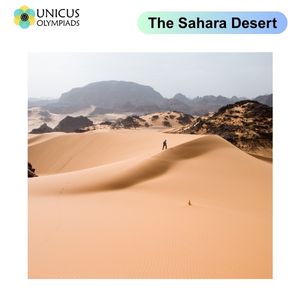Which Countries Are Home to Natural Wonders Like the Amazon or Caspian Sea?
Natural wonders are awe-inspiring features of the Earth, formed over millions of years through processes like erosion, volcanic activity, or glaciation. These wonders attract millions of visitors each year and represent the incredible beauty and power of nature. In this article, we will explore some of the most famous natural wonders around the world and the countries that are home to these spectacular sites.
Natural Wonders and Their Countries
- Amazon Rainforest (Brazil, Peru, Colombia, Ecuador, Venezuela): The Amazon Rainforest is the largest tropical rainforest in the world and spans across several South American countries, with Brazil being the largest part. It is home to incredible biodiversity, including species like jaguars, sloths, and anacondas. The Amazon River, the second-longest river in the world, also flows through this region.
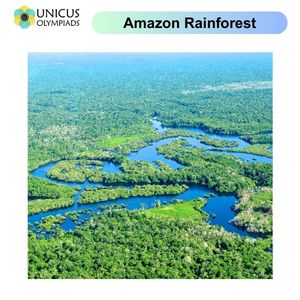
- Caspian Sea (Kazakhstan, Russia, Turkmenistan, Iran, Azerbaijan): The Caspian Sea is the largest enclosed inland body of water in the world, bordered by five countries. Despite its name, it is not a sea but a saltwater lake. It is known for its unique marine life and its role in regional trade and energy resources.
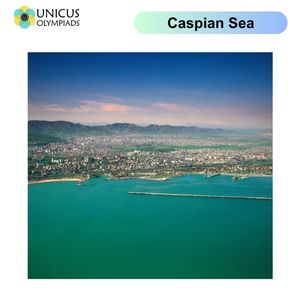
- Great Barrier Reef (Australia): The Great Barrier Reef, located off the coast of Queensland, Australia, is the largest coral reef system in the world. It is home to thousands of species of marine life, including turtles, sharks, and colorful coral species, and is a UNESCO World Heritage Site.
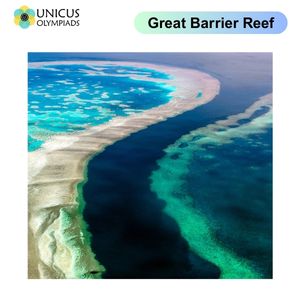
- Mount Everest (Nepal, China): Mount Everest is the highest mountain on Earth, standing at 8,848 meters (29,029 feet) above sea level. Located in the Himalayas, it serves as a natural border between Nepal and China. It is a renowned destination for mountaineers and adventurers.
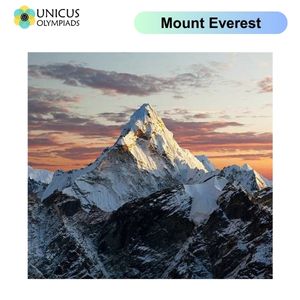
- Grand Canyon (USA): The Grand Canyon, located in Arizona, USA, is one of the most famous geological formations in the world. Carved by the Colorado River over millions of years, it features dramatic cliffs and rock formations, and it attracts millions of tourists annually.
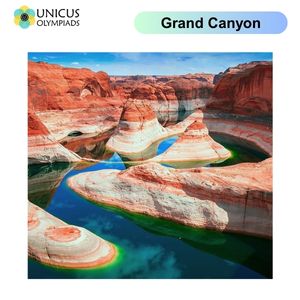
- Victoria Falls (Zambia, Zimbabwe): Victoria Falls is one of the largest and most famous waterfalls in the world. Located on the border between Zambia and Zimbabwe, it is a UNESCO World Heritage Site and a popular tourist attraction known for its stunning beauty and the thunderous sound of cascading water.
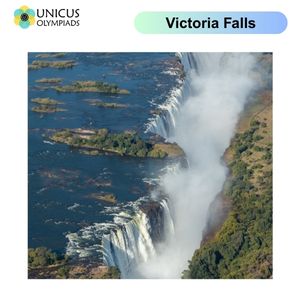
- Galapagos Islands (Ecuador): The Galapagos Islands are a group of volcanic islands located in the Pacific Ocean, famous for their unique wildlife and role in Charles Darwin’s theory of evolution. Species like the giant tortoises and marine iguanas are found only in this isolated ecosystem.
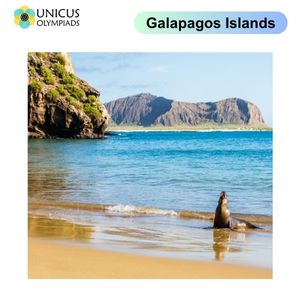
- Antarctica (Antarctica): Antarctica is the coldest, driest, and windiest continent on Earth. Its vast, icy landscape, glaciers, and icebergs are unparalleled, and it is home to unique wildlife like penguins, seals, and whales. Antarctica is crucial for scientific research, particularly climate science.
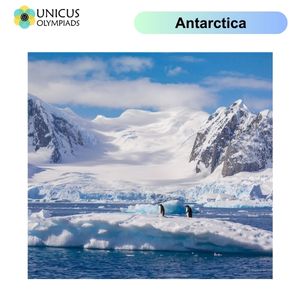
- Mount Kilimanjaro (Tanzania): Mount Kilimanjaro is the highest mountain in Africa, standing at 5,895 meters (19,341 feet). It is a dormant volcano known for its snow-capped peak and lush forests. It is a popular trekking destination for adventurers.
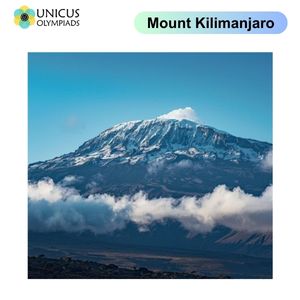
- Yellowstone National Park (USA): Located in Wyoming, Montana, and Idaho, Yellowstone is the first national park in the world and is known for its geothermal features, such as geysers, hot springs, and fumaroles. It also hosts diverse wildlife, including bison, wolves, and grizzly bears.
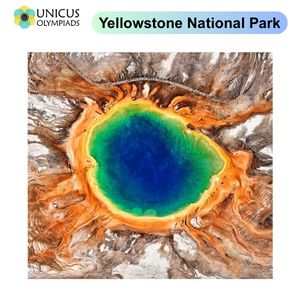
- Banff National Park (Canada): Banff National Park, located in the Canadian Rockies in Alberta, is known for its stunning mountain landscapes, crystal-clear lakes, and diverse wildlife, such as elk and grizzly bears. The park is a UNESCO World Heritage Site.

- Halong Bay (Vietnam): Halong Bay is a UNESCO World Heritage Site known for its emerald waters and thousands of limestone islands. Located in the Gulf of Tonkin, it is a popular destination for cruises, kayaking, and exploring caves and grottoes.
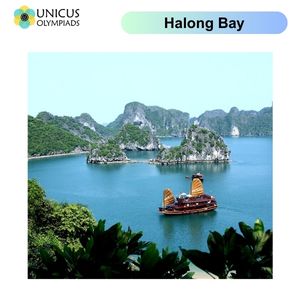
- Mount Fuji (Japan): Mount Fuji is Japan’s highest peak and a symbol of national beauty. An active stratovolcano, it is often depicted in Japanese art and is a popular climbing destination during the summer months.
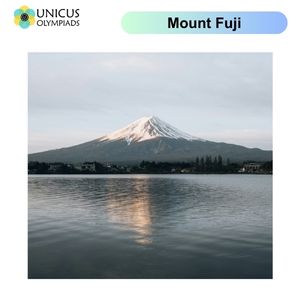
- The Dead Sea (Jordan, Israel): The Dead Sea, located between Jordan and Israel, is one of the saltiest bodies of water in the world, with a unique mineral-rich composition. Its high salt content prevents aquatic life from thriving, which gives the sea its name.
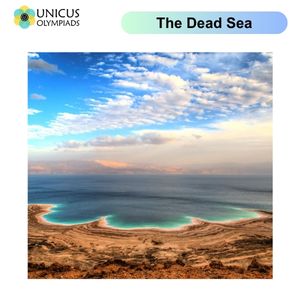
- Lake Baikal (Russia): Lake Baikal, located in Siberia, Russia, is the deepest freshwater lake in the world. It is also one of the oldest, with a unique ecosystem that includes species found nowhere else on Earth, such as the Baikal seal.
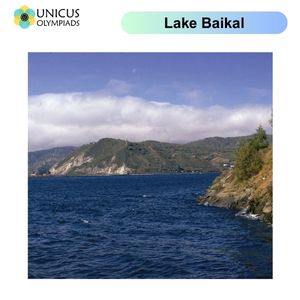
- Mount Roraima (Venezuela, Brazil, Guyana): Mount Roraima is a massive flat-topped mountain (tepui) located at the intersection of Venezuela, Brazil, and Guyana. It is part of the Guiana Highlands and is known for its unique biodiversity and dramatic appearance, inspiring the novel The Lost World by Arthur Conan Doyle.
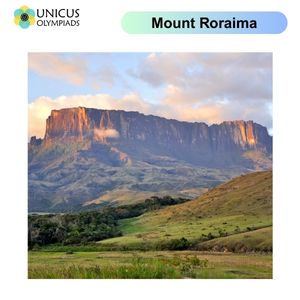
- The Great Wall of China (China): The Great Wall of China is a series of fortifications made of various materials, including stone, brick, and wood, that were built to protect the Chinese states from invasions. It spans over 13,000 miles and is one of the most iconic landmarks in the world.

- Mount Etna (Italy): Mount Etna, located on the east coast of Sicily, is one of the most active volcanoes in the world. It is an iconic natural feature, and its eruptions have shaped the surrounding landscape for thousands of years.
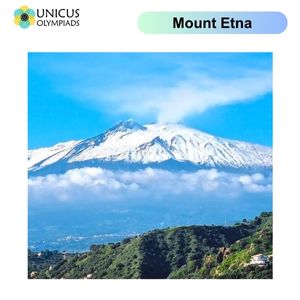
- Angel Falls (Venezuela): Angel Falls is the world’s highest uninterrupted waterfall, dropping from a height of 979 meters (3,212 feet) in Venezuela’s Canaima National Park. It is named after Jimmy Angel, an American aviator who was the first to fly over the falls.
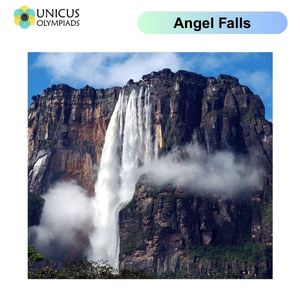
- The Sahara Desert (North Africa): The Sahara is the largest hot desert in the world, covering much of North Africa. It is known for its vast sand dunes, extreme temperatures, and unique flora and fauna adapted to life in a dry, arid environment.
